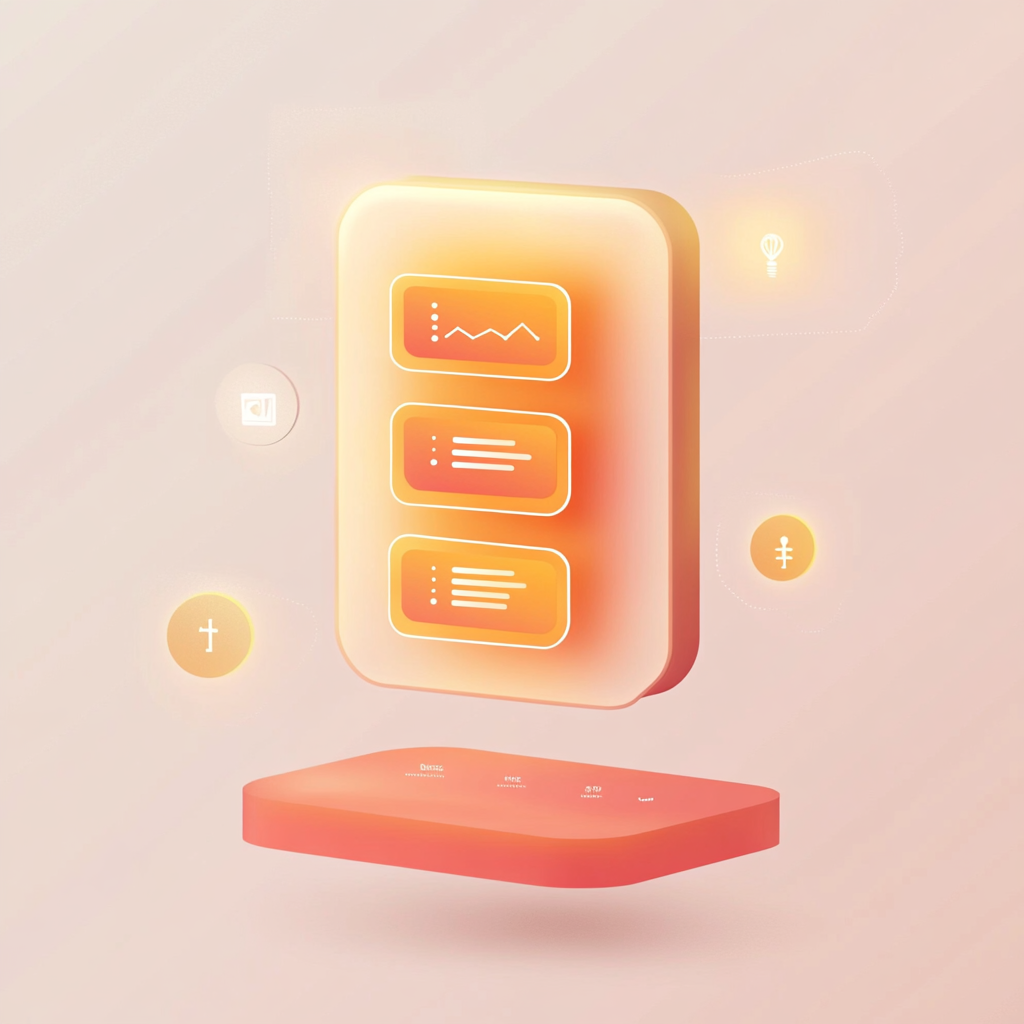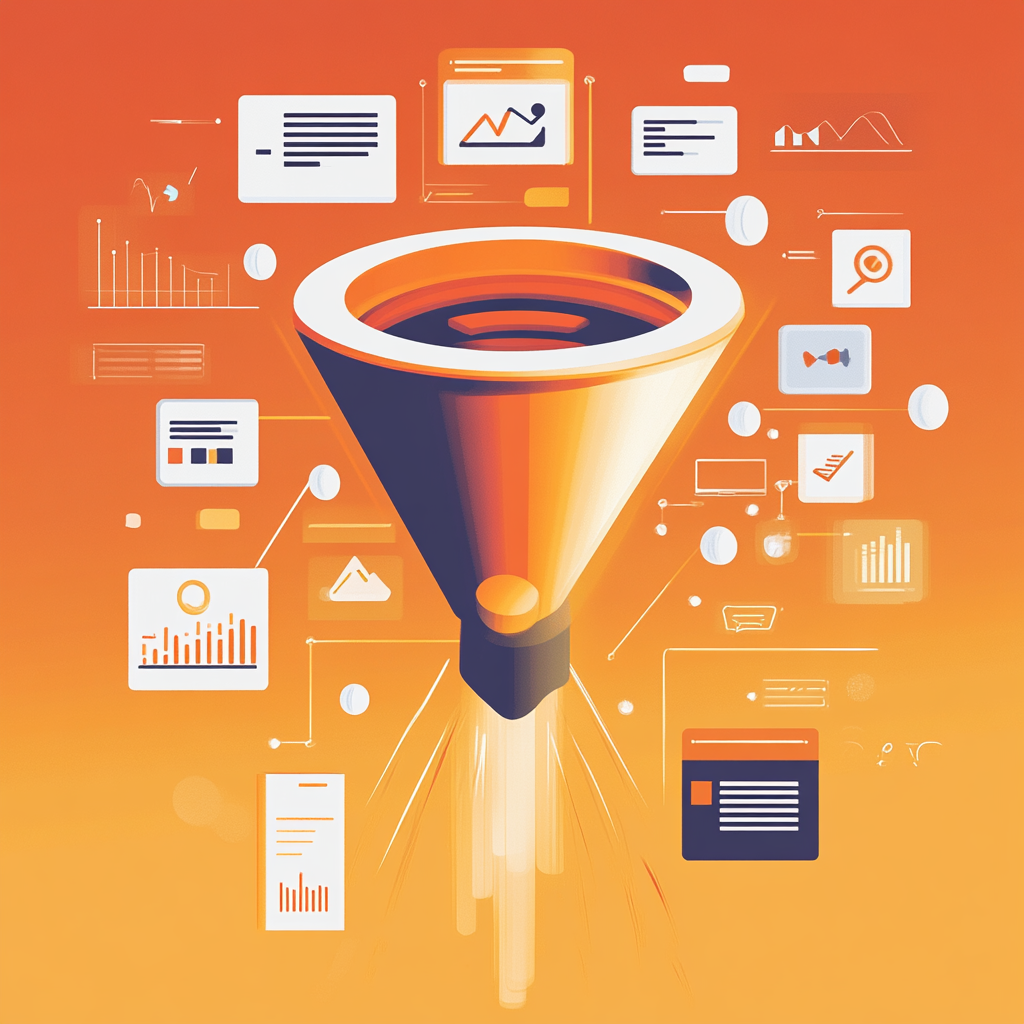Table of Contents
Table of Contents
Introduction
Why would you need a SaaS pricing model? Just imagine you’re buying a new item, and of course, you’d like to know the base price, options, and hidden fees upfront.
For a SaaS business, a pricing model acts like a roadmap that helps customers find the right plan. It organizes pricing information clearly and concisely, making it easy for potential customers.
The SaaS pricing model is essential for the company’s marketing and performance as it impacts profitability and revenue optimization. If the pricing plan is correctly designed it helps effectively segment customers and clearly provide the value of each service.
Optimized pricing structures also boost customer retention, open up upselling opportunities, and enhance your brand’s market perception.
A thoroughly crafted pricing template becomes a great tool that aligns marketing strategies with business aims. As a result, it drives the success and growth of the company in the competitive SaaS market.
However, setting the right price for your SaaS product is incredibly complex. It’s not just about maximizing your revenue but also you need to understand your customer’s satisfaction and retention.
In this article, let’s find out what a good SaaS pricing model is and how you can create one.
What is a SaaS Pricing Model, and why is it important?

A proper pricing template is a foolproof guide that a SaaS company uses to clearly outline its pricing model to potential customers. It is like a menu for your software product.
The SaaS pricing model is a crucial tool either for businesses or for their potential customers, providing clarity and transparency into the cost structure and value proposition. It helps customers to understand the costs of different levels of service or product features and to choose the package that best suits their needs.
Do you find yourself struggling with effectively communication your product’s value through pricing?
Confusion about pricing packages leads to poor decisions and can cause customers to have skeptical thoughts about your product.
A well-crafted SaaS pricing template clearly communicates your value proposition, making it easy for customers to choose the right plan and boosting your conversion rates.
Elements that are included in the SaaS pricing model template:
-
Pricing Tiers – a lot of SaaS companies offer different levels of pricing, for instance: Basic, Pro, and Enterprise. Each level has its own set of features that the company provides tailored to different user needs.
-
Feature sets – in each pricing model there is a different feature set. Often, basic tiers offer limited core features, while advanced tiers provide more comprehensive toolsets.
-
Billing cycles – this is about timing, and how customers will be charged. Usually, companies offer multiple billing cycles, such as monthly or annual plans.
-
Free Trial or Demo – some SaaS providers offer free trials to engage new users. It allows customers to experience the product before committing to a purchase.
-
Add-ons – these are extra features customers can purchase on top of their chosen plan.
Types of SaaS Pricing Models and Strategies

The choice of pricing model often depends on the nature of the product, target market, and business goals. Many SaaS companies experiment with different models or use hybrid approaches to find what works best for them and their customers. Each model has its advantages and suits different products and user’s needs.
-
Flat-rate Pricing
The company offers a single product or service for a fixed price. It is simple and predictable for users and you need to pay a fixed fee regardless of usage or features. However, it may not fit for all customer needs.
-
Tiered Pricing
Here it offers multiple service packages with a variety of levels and features in each one for its own pricing. It is the best SaaS pricing model for companies with diverse customer needs and a scalable product. Although compared to the previous one tiered pricing can be complex.
-
Usage-based Pricing (Pay-as-you-Go)
Based on the name of this type you can understand that users pay for as much as they used the service or the product. It can be measured in data processed, API calls, transactions, etc. It is ideal for businesses that experience changing demand as they only pay for what they use. it is fair and convenient for such companies though it can be unpredictable for customers.
-
Per-user Pricing
Customers here pay for each user who accesses the product or service. The more users a company adds, the higher the total cost. So per-user model of pricing is easy to understand but can get expensive for larger teams.
-
Freemium Pricing
This type offers a basic version of the product for free, while premium features or additional storage are available for a fee. Freemium pricing allows users to try the product before committing. However, a large number of free users may never convert to paid plans.
-
Hybrid Pricing Models
It is a combination of two or more SaaS pricing models and allows for more flexibility and customization.
It is a combination of two or more SaaS pricing models and allows for more flexibility and customization.
Are you unsure which pricing model is the best fit for your SaaS product and target market?
Choosing the wrong plan may result in unnecessary costs.
We’ll guide you through various popular SaaS pricing models, helping you select and implement the one that aligns perfectly with your product’s value and your customers’ needs.
Key Elements to Include in a SaaS Pricing Template
There are some key terms like pricing models, feature sets, billing cycles, discounts, promotions, currency, and localization that are crucial for you to create a pricing plan for saas.
Pricing Tiers
How to Structure Different Pricing Levels in several steps:
-
Identify your customer audience (early-stage companies, mid-sized, enterprise, etc.)
-
Create 3-4 tiers that cater to these segments (e.g., Basic, Professional, Enterprise). Each tier should represent a clear step up in value to justify the price increase.
-
Make sure that the features and values of the various tiers are clearly differentiated.
-
Consider adding a custom or “contact us” tier for large enterprises.
Remember, your tiers should align with your customers’ needs and willingness to pay. Make it easy for customers to understand which tier suits definitely for them.
Feature Sets
Before deciding which features to include in each tier, consider how your product delivers value to different customer segments. What are your target audience’s pains and possible solutions?
In the Basic tier, you should include essential tools so that users can perform the primary functions of your service.
Distribute advanced features that bring additional value across higher tiers.
Set limits on usage in lower tiers (e.g., storage, API calls, or number of users) to push customers toward upgrading.
Higher pricing packages often include better customer support, such as priority support, dedicated account managers, or 24/7 availability.
The goal is to create such features in each tier to encourage users to upgrade to the higher tier.
Billing Cycles
Offering different billing cycles can cater to various customer preferences. There are several options of saas billing model: monthly, annual, or custom.
-
Monthly billing is ideal for customers who want short-term commitments and it offers flexibility.
-
Annual billing in contrast often offers discounts (e.g. “2 months free”)
-
Custom billing is more for enterprise companies with specific budget needs. The contract is more for a quarter term or multi-year term.
Discounts and Promotions
Discounts and promotions can help attract new users and drive conversions.
7, 14, 30 days free trial helps users experience your product and test it before committing.
There is also a possibility to make discounts for the annual plan thus encouraging users to a longer billing cycle. Also, limited-time offers will help you to encourage more customers and boost signups ( for instance 10% discount for new users or seasonal promotions). But it’s significant to be careful in planning when and how to use discounts to avoid devaluing your product while maximizing conversion rates.
Currency and Localization
To effectively reach a global audience, consider localized pricing by adjusting for regional purchasing power and market conditions, ensuring your service is affordable across different economies. This comprehensive approach helps to create a SaaS pricing template attractive to customers, competitive in various markets, and profitable for your business.
How to Create an Effective Pricing Strategies for SaaS Startups

Market Research
It is crucial at the beginning to research your competitors and analyze product pricing of similar SaaS services. This helps you to understand market expectations and identify opportunities to differentiate your offering.
Customer Segmentation
Segment your target audience based on factors like company size, budget, and usage needs. It would be a plus to create your buyer persona for each group. Tailoring your pricing to different customer segments allows you to create tiers that comply with customer’s needs and preferences.
Value Proposition
The customer has to understand the clear values of your product and your pricing page should align with them. Customers are willing to pay more for your services if they see the solution to their problems (pains) and deliver measurable values.
A/B Testing
A/B Testing it’s more like an experiment that helps you to try different variations of pricing models or tier structures. As a result, you can get the option that drives and works best for both your customers and your product.
Feedback and Iteration
Regularly gather customer feedback via different review platforms, surveys, interviews, etc. You can analyze what works better and what instead has to be adjusted to the audience’s needs.
Common Mistakes to Avoid
Overcomplicating Pricing Models
Keep your price models simple and easy to understand. It is a common mistake to create a lot of pricing pages with confusing options.
Ignoring Customer Feedback
Not listening to your customers can lead to missed opportunities. Regularly gather feedback on pricing, value, and features so that later you can adjust your service based on their needs.
Underpricing or Overpricing
You need to balance the need for profitability with the desire to attract customers. Don’t set too low a price, so that you can undermine profitability, while pricing too high can drive customers away.
Lack of Flexibility
Be prepared to adjust your pricing strategy as the market evolves. Be prepared to introduce new tiers, adjust features, or change price points as needed to stay competitive and meet changing customer needs.
Conclusion
Well-crafted SaaS pricing strategies are essential for businesses to effectively communicate their value proposition and attract customers. It’s crucial to strike a balance between simplicity and flexibility, ensuring that SaaS company creates value-based pricing for users and they are easy to understand yet adaptable to evolving market conditions and customer needs. Try to avoid common mistakes like overcomplicating tiers, ignoring customer input, and underpricing or overpricing. A well-structured, customer-centric pricing template can enhance conversions and long-term profitability for your SaaS business.






